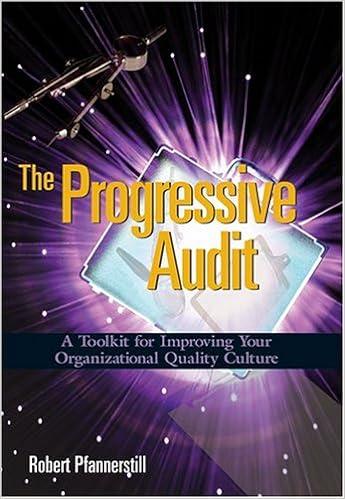



Problem 3-25 Georgia Cabinets manufactures kitchen cabinets that are sold to local dealers throughout the Southeast. Because of a large backlog of orders for oak and cherry cabinets, the company decided to contract with three smaller cabinetmakers to do the final finishing operation. For the three cabinetmakers, the number of hours required to complete all the oak cabinets, the number of hours required to complete all the cherry cabinets, the number of hours available for the final finishing operation, and the cost per hour to perform the work are shown here: Cabinetmaker 1 Cabinetmaker 2 Cabinetmaker 3 50 42 30 Hours required to complete all the oak cabinets 60 48 35 Hours required to complete all the cherry cabinets Hours available 40 30 35 Cost per hour $36 $42 $55 For example, Cabinetmaker 1 estimates that it will take 50 hours to complete all the oak cabinets and 60 hours to complete all the cherry cabinets. However, Cabinetmaker 1 only has 40 hours available for the final finishing operation. Thus, Cabinetmaker 1 can only complete 40/50 = 0.80, or 80%, of the oak cabinets if it worked only on oak cabinets. Similarly, Cabinetmaker 1 can only complete 40/60 = 0.67, or 67%, of the cherry cabinets if it worked only on cherry cabinets. a. Formulate a linear programming model that can be used to determine the percentage of the oak cabinets and the percentage of the cherry cabinets that should be given to each of the three cabinetmakers in order to minimize the total cost of completing both projects. Let 0 1 = percentage of Oak cabinets assigned to cabinetmaker 1 0 2 = percentage of Oak cabinets assigned to cabinetmaker 2 03 = percentage of Oak cabinets assigned to cabinetmaker 3 C1 = percentage of Cherry cabinets assigned to cabinetmaker 1 C 2 = percentage of Cherry cabinets assigned to cabinetmaker 2 C 3 = percentage of Cherry cabinets assigned to cabinetmaker 3 Min 0 1 02 03 C1 C2 Is.t. Hours avail. 0 1 C1 1 02 C2 Hours avail. 2 Hours avail. 3 03 C3 Oak 01 02 03 Cherry C1 C 3 01, 02, 03, C1, C2, C320 b. Solve the model formulated in part (a). What percentage of the oak cabinets and what percentage of the cherry cabinets should be assigned to each cabinetmaker? If required, round your answers to three decimal places. Cabinetmaker 1 Cabinetmaker 2 Cabinetmaker 3 Oak 0 1 = 0 2 = 0 3 = Cherry C1 = C 2 = C3= What is the total cost of completing both projects? If required, round your answer to the nearest dollar. Total Cost = $ c. If Cabinetmaker 1 has additional hours available, would the optimal solution change? If required, round your answers to three decimal places. If your answer is zero, enter "0". Explain. because Cabinetmaker 1 has hours. Alternatively, the dual value is which means that adding one hour to this constraint will decrease total cost by $ d. If Cabinetmaker 2 has additional hours available, would the optimal solution change? If required, round your answers to three decimal places. If your answer is zero, enter "O". Use a minus sign to indicate the negative figure. Explain. because Cabinetmaker 2 has a dual value of Therefore, each additional hour of time for cabinetmaker 2 will reduce cost by a total of $ per hour, up to an overall maximum of total hours. e. Suppose Cabinetmaker 2 reduced its cost to $38 per hour. What effect would this change have on the optimal solution? If required, round your answers to three decimal places. Cabinetmaker 1 Cabinetmaker 2 Cabinetmaker 3 Oak 0 1 = O2 = O 3 = Cherry C 1 = C 2 = C3= What is the total cost of completing both projects? If required, round your answer to the nearest dollar. Total Cost = $ Explain. The change in Cabinetmaker 2's cost per hour leads to changing objective function coefficients. This means that the linear program The new optimal solution is before but with a total cost of $










